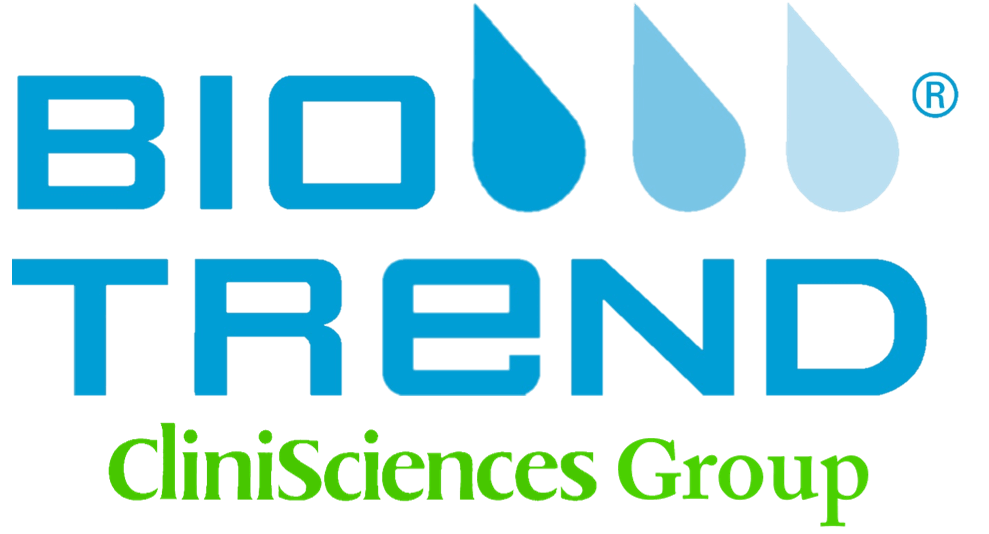β-Amyloid, Human (Amyloid beta A4 Protein, ABPP, APPI, APP, Alzheimer Disease Amyloid Protein, Cerebral Vascular Amyloid Peptide, CVAP, PreA4, Protease Nexin-II, PN-II, APP, A4, AD1)
Cat# A2275-85R-1mg
Size : 1mg
Brand : US Biological
A2275-85R β-Amyloid, Human (Amyloid beta A4 Protein, ABPP, APPI, APP, Alzheimer Disease Amyloid Protein, Cerebral Vascular Amyloid Peptide, CVAP, PreA4, Protease Nexin-II, PN-II, APP, A4, AD1)
Clone Type
PolyclonalGrade
PurifiedShipping Temp
Blue IceStorage Temp
-20°CAlzheimer's Disease (AD) is a neurodegenerative disorder characterized by progressive loss of memory and cognition in the elderly. One of the most important and initial step involves proteolytic cleavage of amyloid precursor protein (APP, chromosome 21) releasing short 40, 42 & 43aa peptides (beta amyloid1-40, 1-42, and 1-43). Polymerization of b-amyloid (Ab) and subsequent neuronal deposit (amyloid) leads to the degeneration of neurons involved in memory and cognition. Ab deposits have also been found to contain 2 additional proteins termed a-synuclein and b-synuclein. The 140aa a-synucleins is identical with non- Ab component (NACP) of AD. The 134aa human b-synuclein is homologous to 14kD bovine phosphoneuroprotein 14. Mutations in a-synuclein gene causing a replacement of alanine with a threonine may cause the protein to misfold. Synucleins are primarily expressed in the brain. At least 3 forms: two large (140aa SYN-1 & 149aa SYN-2) and a small form (SYN-3, 42aa) are produced by alternative splicing.||Source:|Synthetic peptide corresponding to human beta amyloid, Gly-Ser-Asn-Lys-Gly-Ala-Ile-Ile-Gly-Leu-Met.||Formula: C45H81N13O14S1||Molecular Weight:|1060.45||Solubility: Water.||Applications:|Suitable for use in neurotoxicity studies and substrate cleavage assay. Other applications not tested.||Recommended Dilution:|A2275-45E is supplied in a form that is not neurotoxic prior to a preincubation step. The appearance to toxicity has recently been shown to correlate to the extent of beta sheet structure (1). Recommended preincubation: Dissolve peptide in water at 6mg/ml and then dilute to 1mg/ml with calcium, magnesium free PBS and incubate at 37°C for 24-48 hrs. The peptide treated this way has been shown to be neurotoxic at 30-100ig/ml.|Optimal dilutions to be determined by the researcher.||Storage and Stability:|Lyophilized powder may be stored at -20°C. Stable for 12 months at -20°C. Reconstitute with ddH2O. Aliquot to avoid repeated freezing and thawing. Store at -20°C. Reconstituted product is stable for 6 months at -20°C. For maximum recovery of product, centrifuge the original vial after thawing and prior to removing the cap. Further dilutions can be made in assay buffer.


